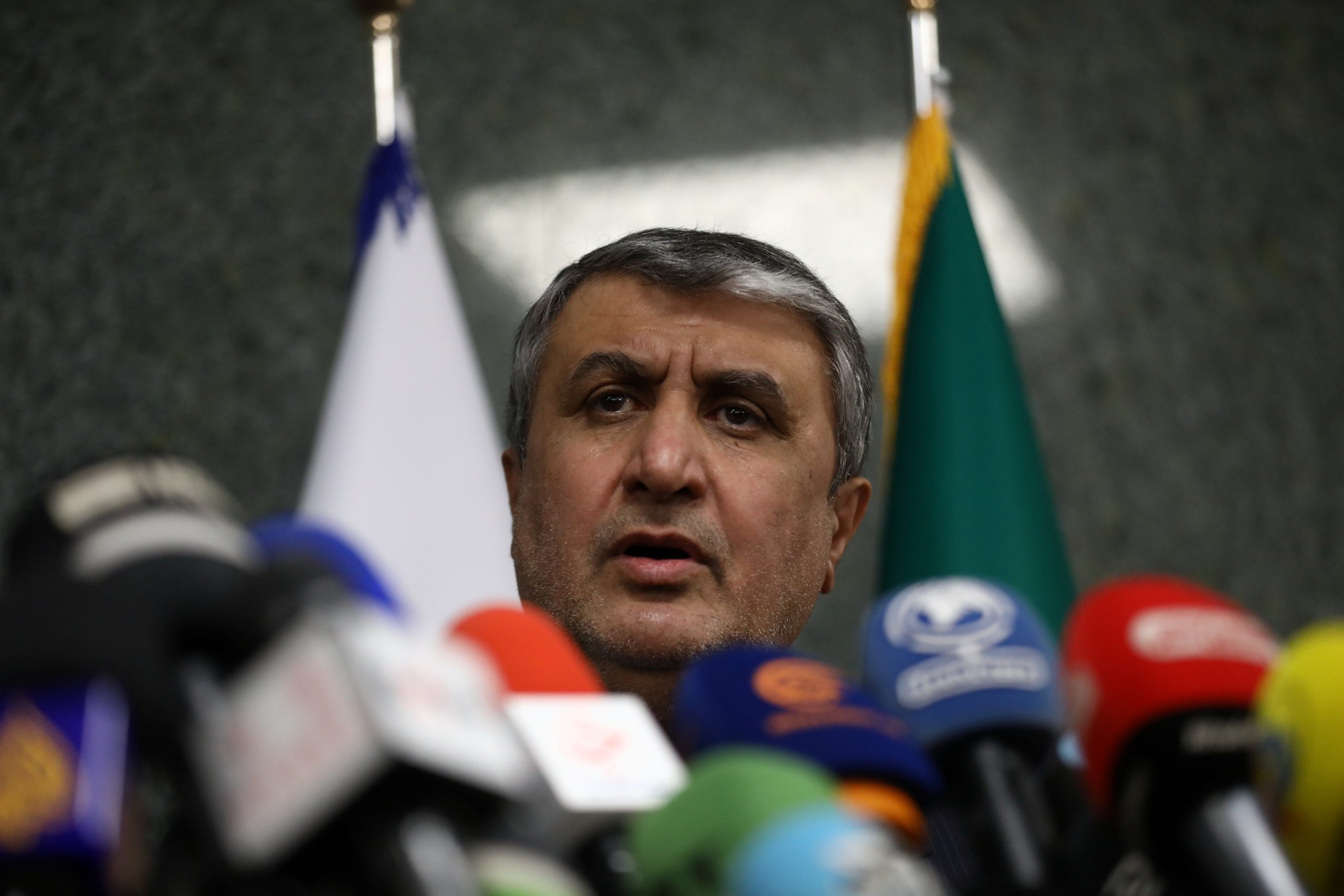
Chris Lieberman, FISM News
[elfsight_social_share_buttons id=”1″]
A source within Israel has told the Jerusalem Post that Iran may have enough enriched uranium to make a nuclear bomb by the end of April.
Israel’s claim is supported by a report from the Institute for Science and International Security that projects that Iran will have 40-42 kilograms (88-92 pounds) of 60% highly enriched uranium (HEU) by April 22, based on Iran’s average daily HEU production and the International Atomic Energy Agency’s (IAEA) last report on February 19.
At this point, Iran is not yet enriching uranium to 90% purity, the grade typically used to discuss a country’s nuclear weapon abilities. However, the authors of the report, David Albright and Sarah Burkhard, warn that lower-purity uranium in higher quantities can still be used to make a bomb.
“A common fallacy is Iran would require 90 percent HEU, more commonly called weapon-grade uranium, to build nuclear explosives,” say Albright and Burkhard. “Although Iran’s nuclear weapons designs have focused on 90 percent HEU and likely prefer that enrichment, modifying them for 60 percent HEU would be straightforward and well within Iran’s capabilities… At the least, a device made from 60 percent HEU would be suitable for underground nuclear testing or delivery by a crude delivery system such as an aircraft, shipping container, or truck, sufficient to establish Iran as a nuclear power.”
Furthermore, the report states that it would not take Iran long to convert their current 60% HEU stockpile to 90%.
The delay caused by further enrichment would be measured in days if Iran used a significant part of its enrichment capacity and weeks if Iran operates just two production-scale cascades of advanced centrifuges.
An IAEA report last month found that Iran’s stockpile of 60% HEU had nearly doubled from 15.5 (34 pounds) kg to 33.2 kg (73 pounds), about three-quarters of the amount needed for a standard nuclear bomb. Iran’s total enriched uranium stockpile now stands at 3.2 metric tons, down from 5 metric tons prior to the 2015 Joint Comprehensive Plan of Action (JCPOA), an Obama-era nuclear deal with Iran. However, the uranium’s 60% purity is much higher than Iran’s maximum purity of 20% before the JCPOA, and far exceeds the 3.67% limit established in the original deal.
This report comes as the Biden administration continues to try to revive the JCPOA after former president Trump exited the deal in 2018. The U.S. has been involved in indirect talks in Vienna over the past year to try to reach a new deal with Iran, but talks continued to stall with both sides unwilling to meet the other’s conditions. On Sunday, Iran demanded that the U.S. include a guarantee that it would not exit the deal again or use pretexts to re-impose sanctions on Iran.
Critics of the JCPOA argue that Iran has broken the terms of the deal, and with their current uranium stockpile nearing the amount needed for a nuclear weapon, Iran would be in violation of the agreement even if a new deal is reached.
Israel opposes both the original deal and ongoing negotiations, claiming that the agreement does not go far enough in limiting Iran’s nuclear capabilities and noting that all limitations on Iran’s nuclear program are set to expire in 2025.
